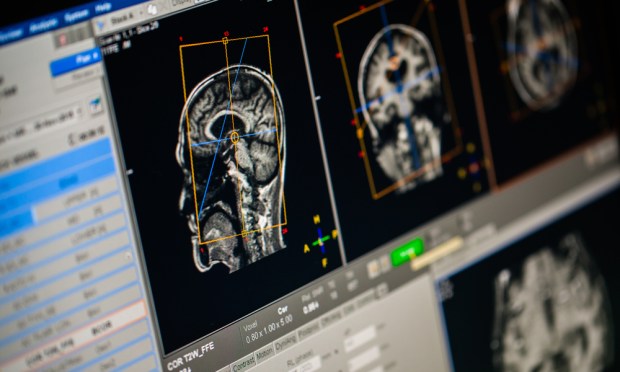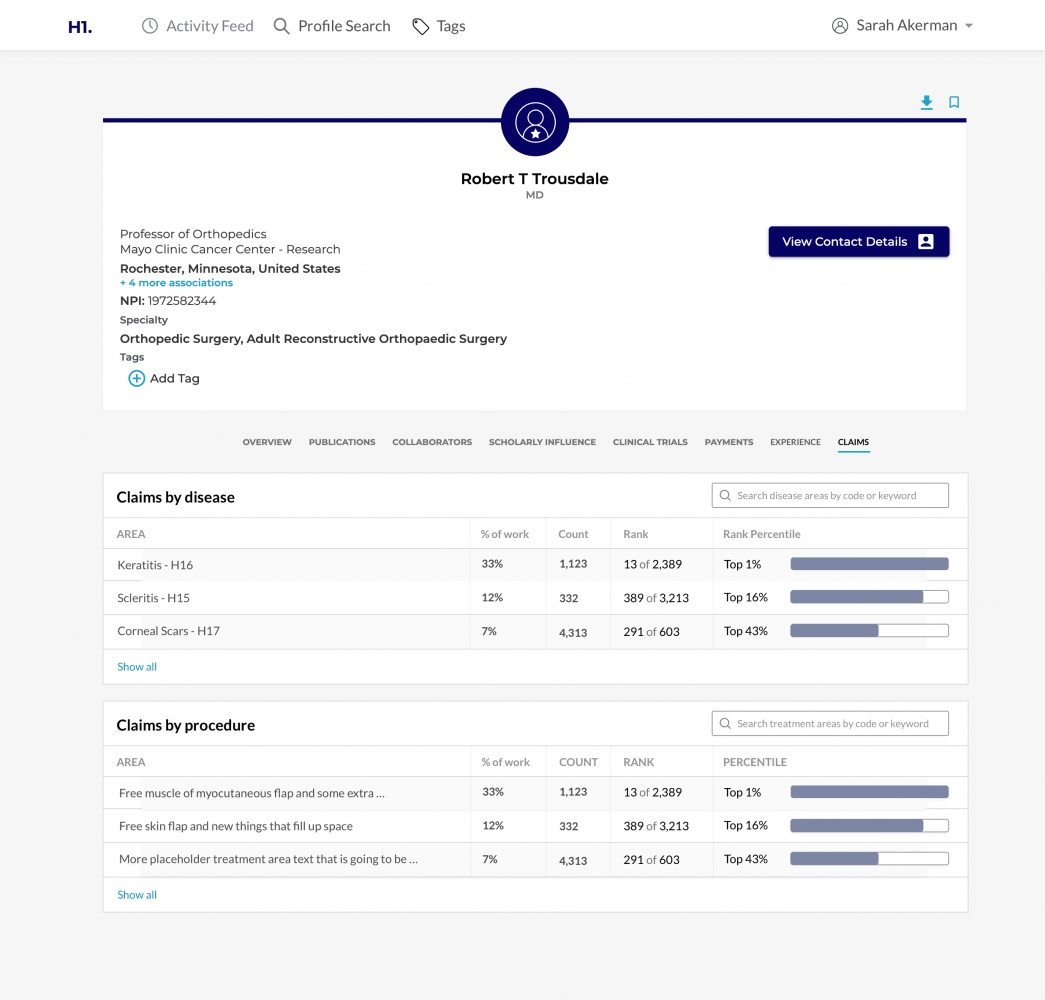H1 Insights: Improving Patient Outcomes By Changing How Doctors, Pharma and Patients Find Each Other

In healthcare, increasingly, data is critical for addressing inefficiencies in a system that is nearly 18 percent of U.S. GDP.
And perhaps, most critically, matching patients with the right doctors, and various healthcare professionals with the right pharmaceutical companies during research and trials can speed treatments and new drugs as they move from concept to real-life therapies.
Healthcare, of course, is top of mind these days, for obvious reasons.
In an interview with Karen Webster, Ariel Katz, co-founder of H1 Insights, which offers a platform connecting healthcare professionals to life science firms, said that his firm’s goal is to create an active database that features information on each of the world’s healthcare professionals from doctors to nurses to pharmacists and administrators.
No small task.
As Katz told Webster, “we believe there are 14 million individuals in the world that could be considered healthcare professionals, or academics, such as professors, related to medicine.”
The depth and scope of practice, he recounted, can range from chiropractors through acupuncturists to neuroscientists, to name just a few specialties.
In the U.S. alone, he said, there are 4.3 million such professionals, he said. All told, he said H1 Insights had profiled each of the healthcare professionals in the U.S. – and of the other 10 million across the globe, the firm has profiled half of them.
Though at first glance, the parallels to LinkedIn might be drawn, the depth of information is an important distinction.
 The data collected by H1 includes everything from where they went to medical school to the types of patients they see to what insurance plans they accept (and what percentage of their work comes from specific insurance companies) and the clinical trials with which they are involved. Contact information and social media details are also included.
The data collected by H1 includes everything from where they went to medical school to the types of patients they see to what insurance plans they accept (and what percentage of their work comes from specific insurance companies) and the clinical trials with which they are involved. Contact information and social media details are also included.
The company’s databases contain more than one billion data points.
As Katz said, some of that data is public information, and some is not. And, by gathering all that information in one place, the firm can help spotlight medical professionals on the cutting edge of, say, combatting pandemics.
The most immediate use case for the firm was to help pharmaceutical, biotech and medical device companies, who spend about $60 billion a year on research.
The studies take place at, for example, Harvard University, Memorial Sloan Kettering Cancer Center or Stanford University. The biotechs and healthcare firms, said Katz, “need to know which institutions they should be partnering with, which healthcare professionals they should be with — the user data can help answer those questions,” as they seek to educate various markets about new healthcare products and treatments.
Consider also the case where a company needs to educate a given market why one treatment for prostate cancer is better for patients between the ages of 24 to 36 with certain pre-existing conditions is better than might be seen with patients between the ages of 55 to 65 with different pre-existing conditions.
Finding The Thought Leaders
As might be expected with the most pressing healthcare issue of the day, Katz said that in response to the ongoing pandemic, the firm has compiled 80,000 individuals who have published research on the coronavirus. Generally speaking, citations — and even mentions across social media — can help illuminate thought leaders, or in this case, key opinion leaders.
Each individual receives a score based in part on expertise and experience. There’s also an index that takes the total number of publications to which a healthcare professional has contributed divided by the number of citations.
For healthcare practices, Katz said the rankings are “used to identify the physicians to increase the ‘right’ referrals to their specific departments.” He also noted to Webster that H1 Insights does not collect patient-level data.
“But there are certain things we need to comply with,” he added, “such as if a physician tweets about an adverse effect of a drug — then we need to report that to the FDA.”
In the end, he told Webster, “if you build an ecosystem where people are connected, but there is more transparency around data — then generally, a better connection is made.”
